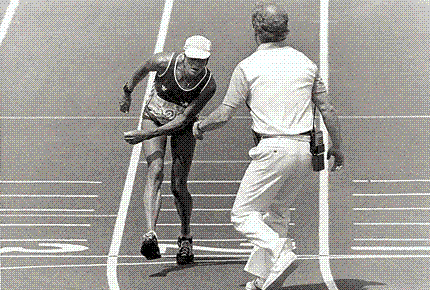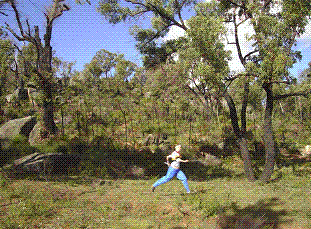Hydration for Endurance Events
The content below is from Steve Bird's recent presentation.
Temperature Control
- Essential to maintain our core temperature at approximately 37°C
- Skin temperature can vary
- Changes in core temperature of more than a few degrees affect performance
- Core temperature changes greater than plus or minus 4°C can be fatal
Temperature Control Whilst at Rest
- Maintain core temperature by achieving a balance between:
- Heat gained through metabolism
- Heat lost through conduction, convection, radiation and evaporation
- Achieve balance by adjusting heat loss through
- Blood flow to skin
- Altering skin temperature
Temperature Control During Exercise
Metabolism increases between 6 and 15 times during excercise
- Heat production increases accordingly
- Need to lose excess heat
- During exercise, the main process for heat loss is usually through evaporation of sweat
- In warm conditions, this is the only method of cooling
Sweating
- Sweating per se does not cool you
- The evaporation of the sweat (or other liquids) off the skin provides the cooling
- Must allow evaporation to take place
- If evaporation is prevented, you will over-heat
- Wear appropriate clothing
- Be sufficiently hydrated to allow sweat production
Dehydration
- Sweat is a filtrate of the blood
- Fluid and electrolytes are taken from the blood to form sweat
- If you become dehydrated:
- Sweating becomes inhibited and may cease
- Core temperature will increase
- In hot conditioins, swat loss is up to 3 litres per hour
- A 1% reduction in body mass (~0.7L) = 3% reduction in performance
- A 4% reduction in body mass (~3L) = 22% reduction in performance
- Fatigue is caused by:
- Reduced blood volume
- Increase in core temperature
- Risk of heat illness and hyperthermia
Consequences of Dehydration
- Heat exhaustion - symptoms:
- High heart rate
- Dizziness
- Confusion
- Nausea
- Concentrated urine
- Cool, but pale skin
- Cramps
- Loss of skill/motor coordination

Gabriela Andersen-Scheiss takes 5 minutes and 44 seconds to complete the lap of the stadium at the 1984 Olympic marathon.
Response to Dehydration
Heat Stroke - symptoms
-
Dry skin
-
Confusion
-
May collapse
-
Response:
Strategies for Avoiding Dehydration
What to drink?
Post-event Recovery
The Effect of Humidity
Children at Risk
Acclimatisation
-
Perspire at lower core temperature
-
Rapid adaptation in 305 days, but can take 10-14 days
-
Note: issues when travelling interstate etc
-
But cannot improve ability to function without water, so:
